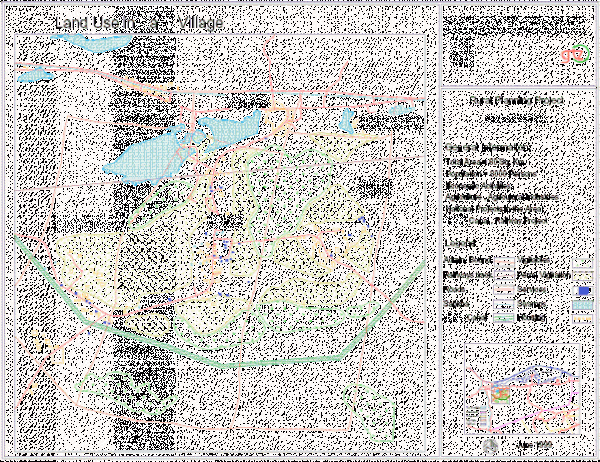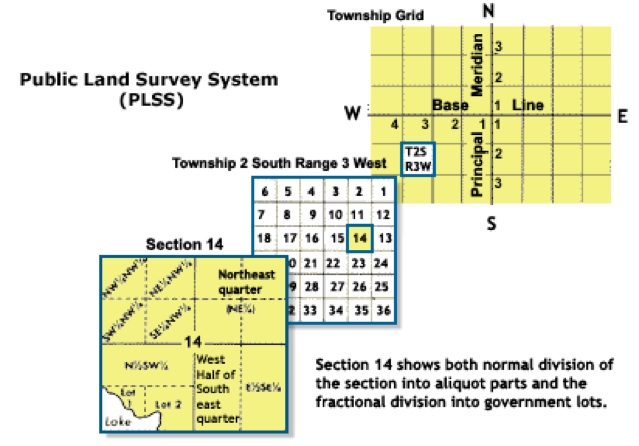

Subsequently, he revised the system as new information became available (see Hills, 1961, 1964, 1976) and demonstrated how the system could be used to provide a broad-scale ecological context for resource management and planning activities in Ontario.Įmploying the same philosophical approach and ecological principles that Hills’ used, this report provides information on the approach used to classify ecosystems at the two upper levels of the ELC hierarchy ecozone and ecoregion, and presents a brief overview of the evolution of the provincial ELC. In Ontario, Angus Hills developed the first comprehensive, multi-scale, hierarchical ELC describing ecosystems at two scales, distinguished by climatic patterns, physiographic differences and successional trends exhibited by the predominant vegetation type on those physiographic features (Hills, 1959). Organized into a spatial framework, ecosystems can be defined and characterized on the basis of common features such as bedrock geology or climatic features, which set them apart from other units.Įcosystem classification delineates areas of similar ecology at different scales, often within a nested or hierarchical framework. Ecosystems are recognizable because of unique interactions (functions) among the components (composition) and the patterns (structure). They are print-ready and can also be used digitally.Ecological Land Classification ( ELC) systems are used to classify and describe ecosystems.

Materials are delivered using Google Docs/Slides for your convenience. In 1 class period, students will be able to identify and describe clustered, dispersed, and linear settlement patterns and metes and bounds, township and range, and long lot survey methods. Teach your students about rural settlement patterns and survey methods with this CED-aligned (updated 2023), no-prep AP Human Geography unit 5 lesson that Includes teacher instructions, presentation slides, and guided notes.


 0 kommentar(er)
0 kommentar(er)
